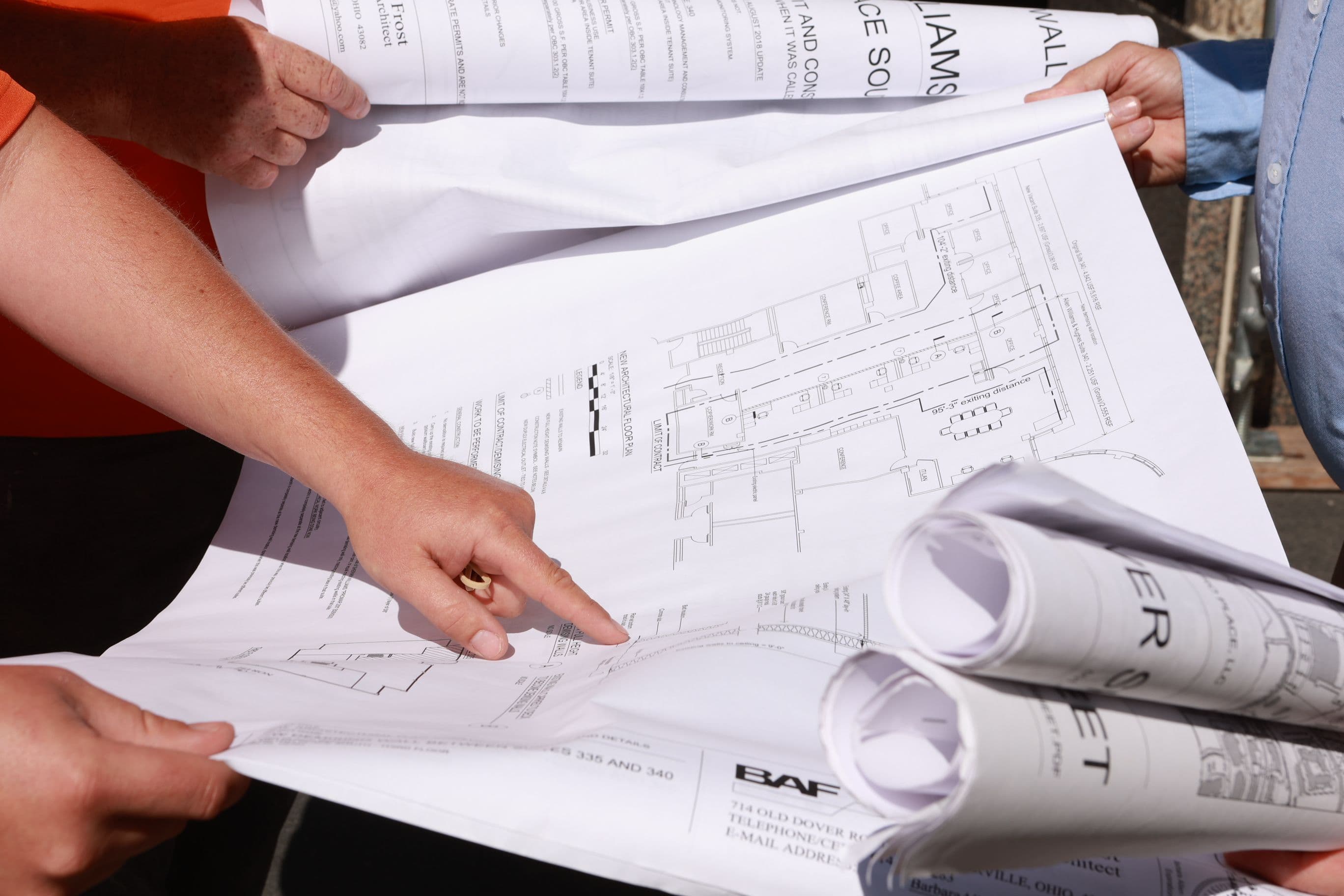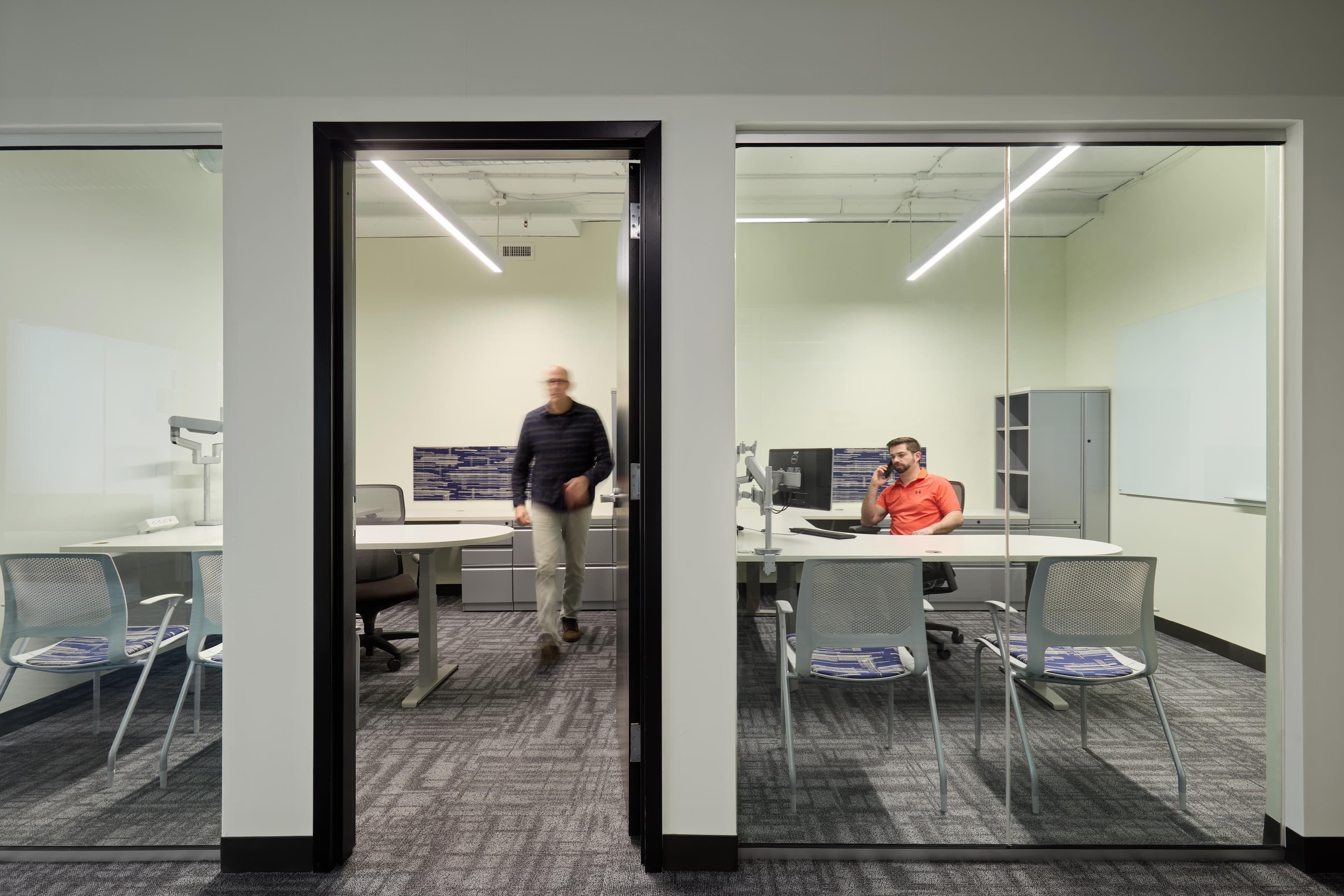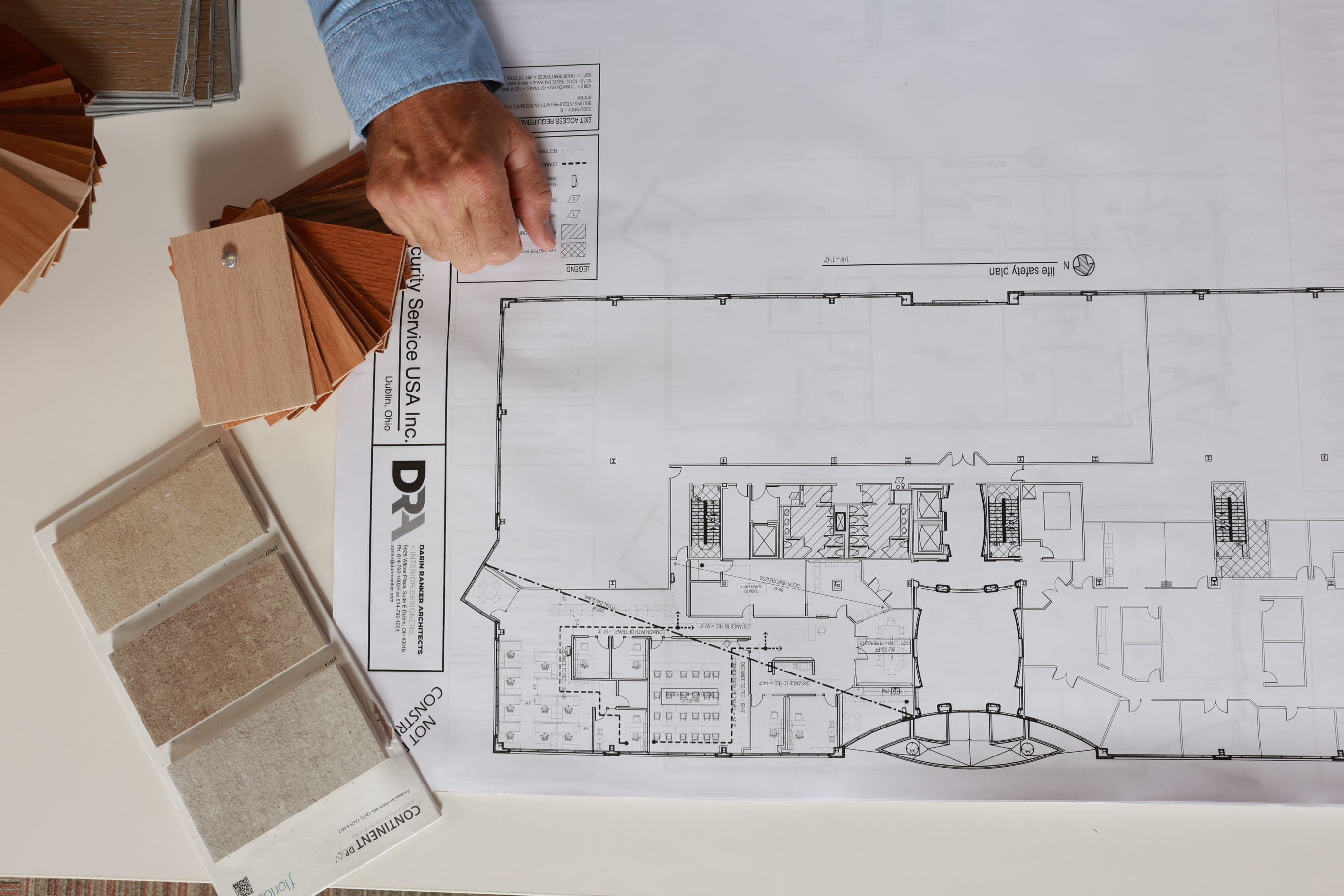
Standing or Sitting, You Still Have to Shake it up to Stay Well
Perspectives
Tips
Just like the heated discussions between supporters of the open-office concept and those who reject the idea as a horrible experiment, there are critics who feel the often touted health benefits of the sit/stand desk, compared to working at a conventional office desk, are overrated.
Although there are debates for and against the newest office-furniture craze, there is little research that clearly indicates a sit/stand desk is more beneficial to your health than a sitting desk. Research comparing the two working options is still in its infancy. Studies have focused primarily on sedentary individuals who don’t work, but sit for long periods throughout the day watching TV, reading or resting. Conversely, research conducted on people who stand for long periods without moving, concludes this type of nonactivity also puts people at a health disadvantage.
Sitting for long periods of time is linked to:
- Obesity
- Diabetes
- Heart Disease
- Some types of cancer
- Back, neck and shoulder pain
While standing for long periods can lead to:
- Nocturnal leg cramps
- Varicose veins, which can be connected to high blood pressure
- Elevated risk of cardiovascular problems, especially for men
- Back, leg and foot pain
Some researchers have indicated that It is the extended periods of inactivity that causes our health issues, so move! Researchers suggest that we move every 45 minutes. If you receive a phone call while standing at your desk, sit down and if you’re sitting when your phone rings, stand up. It’s the actual joint muscle movement that you exert when you go from sitting to standing and standing to sitting that benefits your body, regardless of whether you choose to sit or stand on the job.
If you’re contemplating an office renovation and your staff wants sit/stand desks, purchase electric, adjustable-height desks, with adjustable keyboard platforms. This type can be easily adapted to suit the preferences of your employees, including letting your shorter and taller personnel fine-tune the desk according to their height. If your staff hasn’t used this type of desk before, make sure they start out slowly, alternating between standing and sitting. Maybe start out for 30 minutes to an hour and then return to sitting, gradually increasing their standing time. They should ultimately split their sitting/standing intervals 50/50. Remind them to take frequent walking breaks.
If you want to give this the desk a trial run, you can rent the furniture or purchase cheap, but strong, cardboard versions. This way you can give everyone a chance to try it out without the expense of buying a piece of furniture, which some of your employees may decide they don’t really like.
One issue does weigh in favor of the sit/stand desk, faster reduction of blood sugar levels. A small study suggests that alternating between standing and sitting every 30 minutes throughout the work day reduced blood sugar spikes, on average, by 11%, but levels returned to normal faster after testers spent more time standing.
Tom White
Partner
Related Articles


